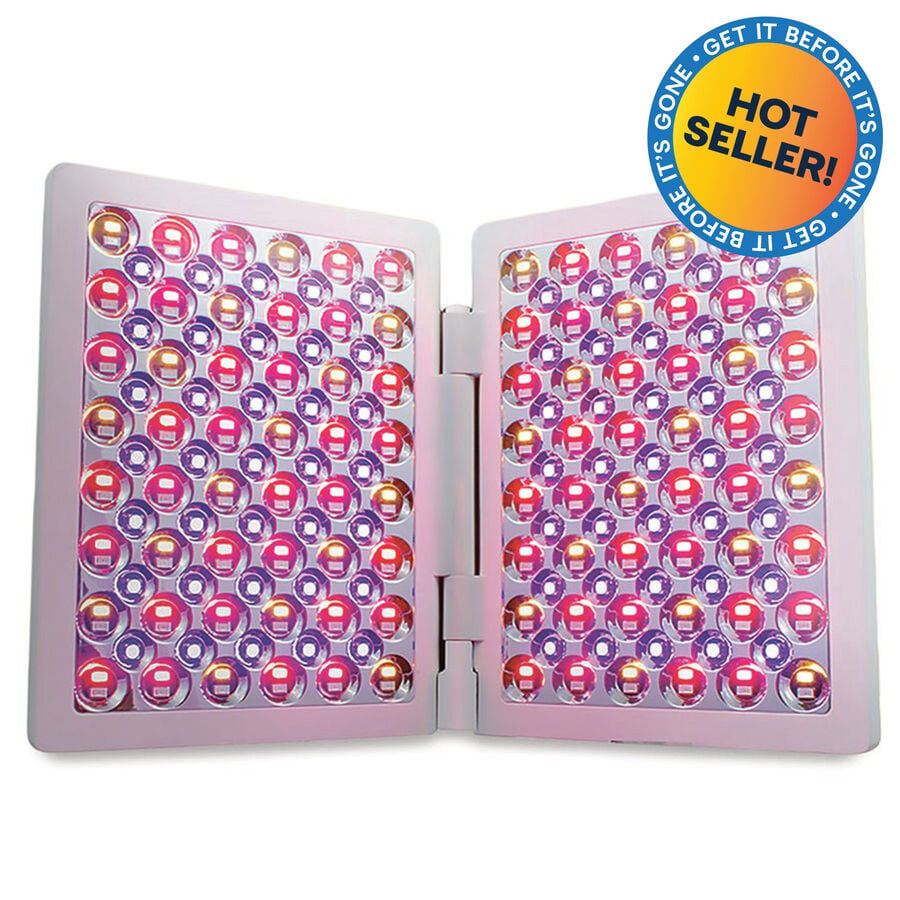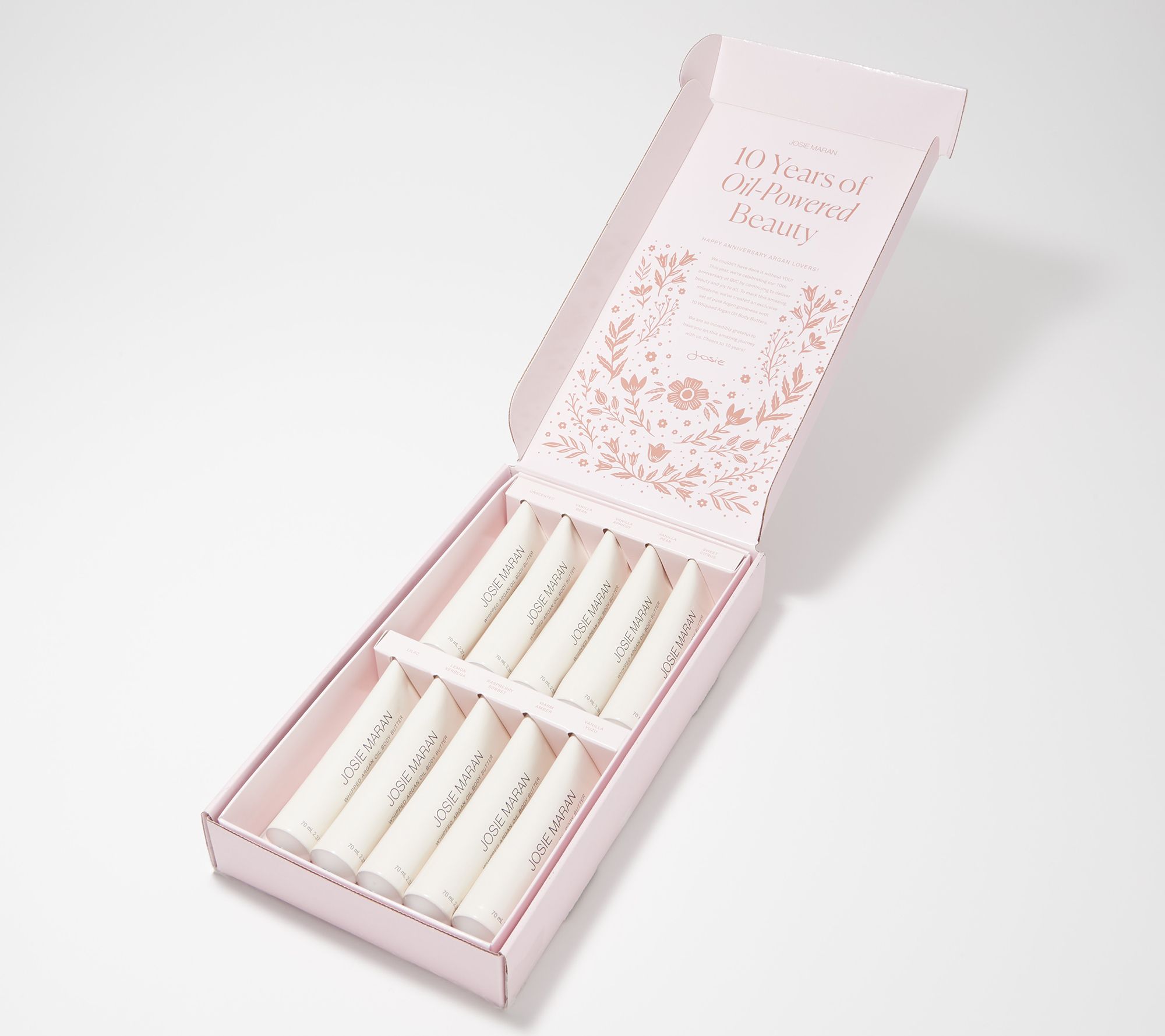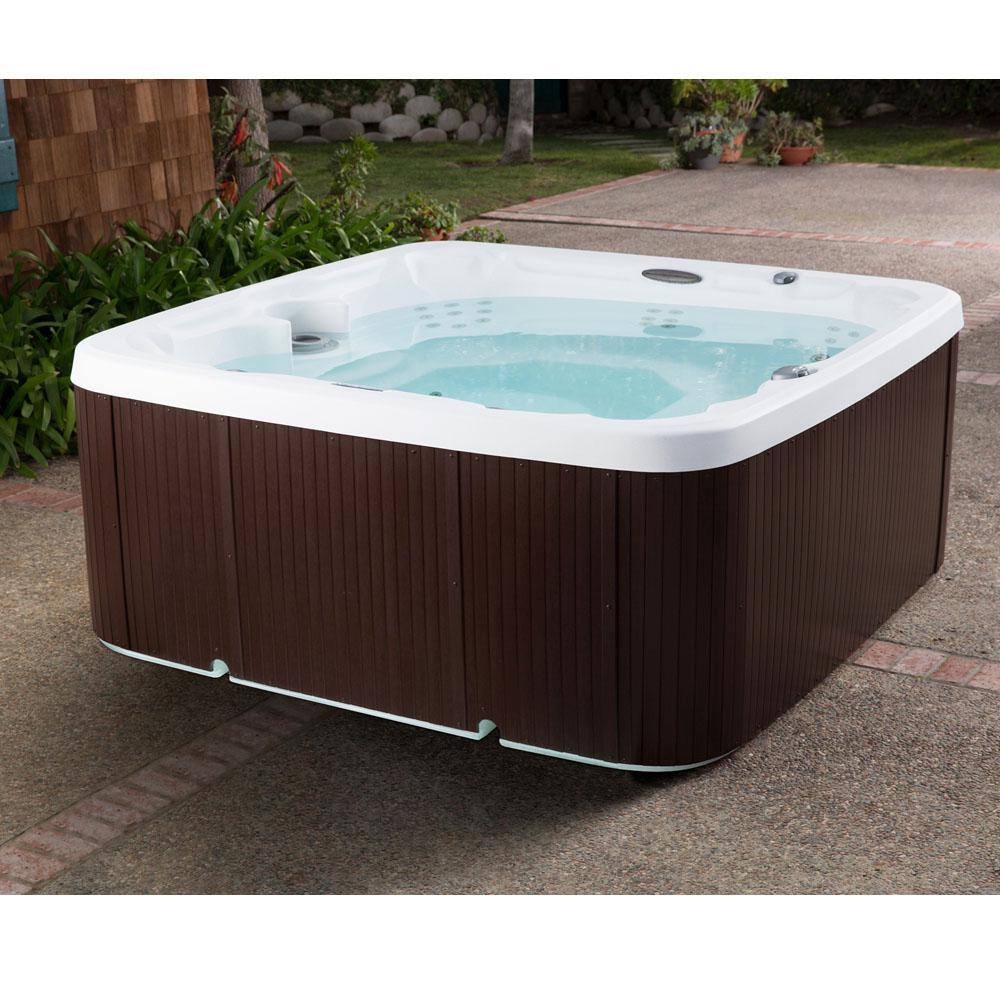dpl IIa Professional Acne Treatment Light Therapy – 24446
Experience medical-grade light therapy and professional skin treatment in the comfort of your own home with the dpl® IIa. You will see unprecedented results after using it just minutes per day.
Experience medical-grade light therapy and professional skin treatment in the comfort of your own home with the dpl® IIa. You will see unprecedented results after using it just minutes per day.
Its blue light destroys skin bacteria that cause acne and other skin ailments, leaving your skin clean and fresh within days.
Plus, powerful IR lights support skin healing and recovery activity to minimize damage caused by sunburn, bruising, cuts and scrapes, scarring, and more.
In a clinical study, 100% of participants experienced a significant reduction in acne, and as a bonus, 97% of users experienced a significant reduction of wrinkles. Take your health to the next level with guaranteed FSA eligible Skin & Personal Care products.
- FDA-cleared OTC Class II medical device
- 262 LED lights (infrared, red, amber, and blue)
- 3 powerful treatment settings
- Safe for all skin types
- Designed as an effective acne treatment
- Reaches deep where bacteria lives
- Soothes inflammation and reduces pore size
- Purifies the skin, and stabilizes oil glands
- Reduces future acne flare-ups and potential scarring
- Calms redness and inflammation
Includes:
- 1 dpl® IIa device
- Relaxation goggles
- AC/DC power supply
- Instruction manual
- 1-year warranty






by Karen
I absolutely LOVE this light panel! I’ve noticed a difference in uplifting my mood when using it. I have Seasonal Affective Disorder (SAD). The lights make me feel like I’m on the beach soaking up the sun in the middle of the winter. It has helped with pain relief. My husband and I are both using it on multiple spots on our bodies. He is not an easy sell, but (hallelujah!) he likes it and is using it daily. Where ever we are experiencing pain or discomfort, we put the light pad. I love healing with light. My physical therapist uses light to heal in his practice. Now, we can do it at home. I highly recommend this product.
by Cristian
This is amazing, my skin looks fabulous!
by Misty
I have been using this only a couple of weeks and already my skin looks better. I had a couple surface breakouts the first few days; however, they cleared up super fast and now everything thing is clear. Perfect for adult acne. It’s also supposed to help with fine lines and wrinkles. That’s an added bonus!